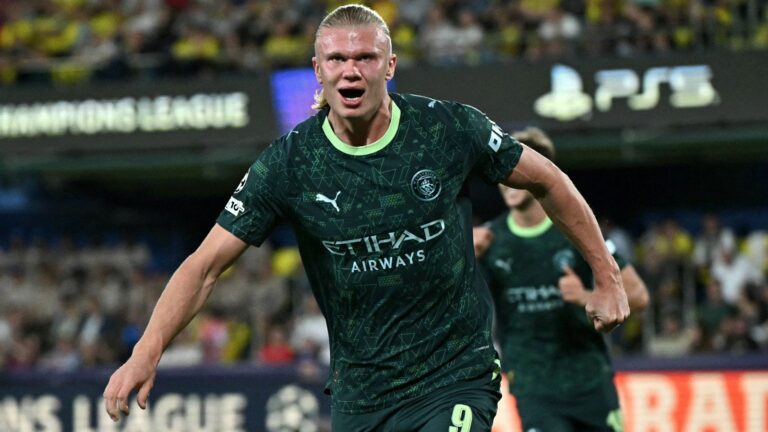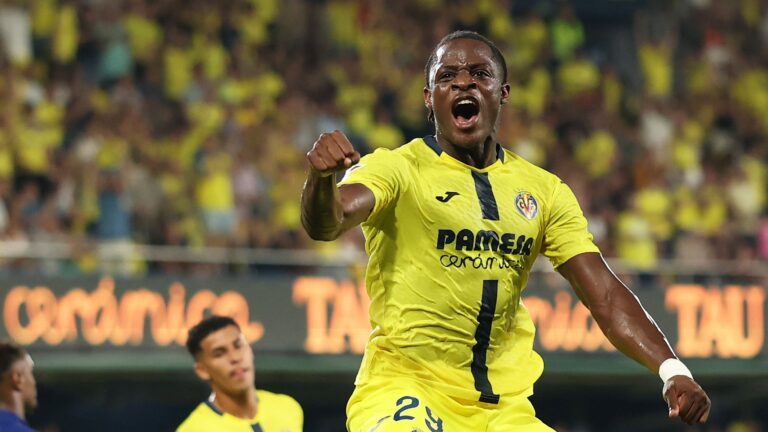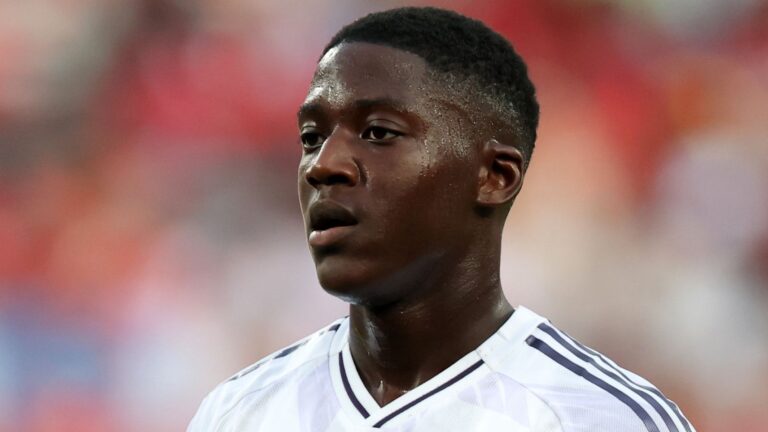Unveiling the Relentless World of Transfer News Through Fabrizio Romano’s Eyes
In a revealing conversation with former Arsenal forward Theo Walcott on the It’s Called Soccer podcast, renowned transfer insider Fabrizio Romano opens up about the overwhelming digital demands of his profession. Fabrizio Romano’s screen time during peak transfer periods highlights the grueling reality faced by top journalists in this high-stakes industry.
Fabrizio Romano’s Overwhelming Digital Habits in Transfer Seasons
During the chat, Romano, a leading figure in transfer reporting with a massive following, candidly shared how his daily phone usage skyrockets to unsustainable levels amid the frenzy of deal-making windows. This insight sheds light on the unyielding vigilance needed to lead in the dynamic realm of sports news updates, where staying plugged in constantly disrupts personal well-being, as seen in his frequent engagements on platforms like X and video content on YouTube.
The Personal Impact of Constant Connectivity
Romano described his screen time as alarmingly high, often hitting around 19 to 20 hours on the most chaotic days, emphasizing the exhausting nature of his role. He elaborated on his inability to disconnect, noting that powering down his device hasn’t occurred in over a decade, which underscores the perpetual alertness required. To illustrate this, he pointed to a late-night agreement like the transfer of a promising player to a major club, where negotiations finalized in the early hours kept him energized and responsive, mirroring the unpredictability that defines his daily grind and keeps him on edge around the clock.
Looking Ahead to Future Challenges
With the next transfer period still several months away, Romano is undoubtedly gearing up to deliver major exclusives once more. His dedication to uncovering the latest moves in the football world is unwavering, yet questions linger about whether he can implement strategies to curb his screen dependency and enhance his overall balance between professional obligations and personal time.



The Exclusive Interview: Fabrizio Romano and Theo Walcott on Transfer Window Pressures
Understanding Fabrizio Romano’s Role in Football Transfers
Fabrizio Romano has become a household name in the world of football transfers, known for his reliable insider information and timely updates during every transfer window. In his recent exclusive interview with former Arsenal and England star Theo Walcott, Romano delved into the high-stakes environment of transfer news reporting. One of the most intriguing revelations was the intense screen time demands that top journalists like himself face, especially as deals heat up in the summer or winter windows. This discussion sheds light on how digital media has transformed the transfer window experience for insiders, making it a 24/7 operation.
Romano, often referred to as a “transfer window expert,” explained how constant monitoring of emails, social media, and news feeds is essential for staying ahead. For those interested in football transfer news, this insight highlights the behind-the-scenes hustle that goes into delivering accurate updates on big moves, such as player signings or managerial changes.
- Key responsibilities during peak transfer periods: Romano emphasized checking screens for up to 16 hours a day, balancing live updates with fact-checking to avoid misinformation.
- Common challenges faced: The interview touched on burnout risks, with Romano noting how the fast-paced nature of social media amplifies pressure to break stories first.
- Benefits for fans: This level of dedication ensures fans get real-time insights, like exclusive scoops on transfers involving top clubs, enhancing engagement with football content.
Screen Time Demands: A Deep Dive into Romano’s Daily Routine
During the transfer window, screen time demands can skyrocket for journalists like Fabrizio Romano, who must juggle multiple platforms to gather and verify information. In his chat with Theo Walcott, Romano shared how this routine has evolved with the rise of digital tools, making it a critical aspect of modern football journalism. Walcott, drawing from his own experiences as a player, probed into how these demands affect mental and physical well-being, offering a balanced perspective on the topic.
Romano revealed that his screen time often includes analyzing leaks from agents, clubs, and sources across apps and websites, which is vital for reporting on high-profile transfers. This level of immersion helps in providing valuable information to fans eager for updates on their favorite teams, but it also raises questions about sustainability in the industry.
- Breakdown of daily screen time activities:
- Morning sessions: Starting with email reviews and social media scans to catch early rumors, which can lead to exclusive transfer window reveals.
- Afternoon peaks: Live monitoring of negotiations, often involving video calls and app notifications, to confirm details on player moves.
- Evening wrap-ups: Reviewing footage and posts for accuracy, ensuring that transfer news remains trustworthy and engaging for audiences.
Walcott, as the interviewer, brought a conversational angle by relating it to his playing days, where he experienced the chaos of transfer deadlines firsthand. This made the discussion more relatable, showing how screen time isn’t just about technology-it’s about staying connected to the pulse of football.
The Impact of Intense Screen Time on Football Journalism
In the exclusive interview, Fabrizio Romano highlighted how screen time demands during the transfer window have reshaped football journalism, turning it into a high-pressure, tech-driven field. Theo Walcott’s probing questions uncovered how this affects not only reporters but also the quality of information shared with fans. For instance, Romano discussed the need for tools like dedicated apps to manage overload, ensuring that transfer news remains accurate and timely.
This shift has led to more interactive fan experiences, such as live Twitter threads or YouTube breakdowns of transfer sagas, which Romano uses to build trust. However, it also poses risks, like the spread of unverified rumors if screen time isn’t managed properly.
- Pros of heightened screen time in transfers:
- Enables faster delivery of breaking news, such as confirmations on star signings.
- Fosters deeper fan engagement through real-time updates and interactive content.
- Encourages collaboration among journalists, leading to more comprehensive coverage.
- Cons and potential solutions:
- Health implications: Romano advised on the importance of breaks to combat eye strain and mental fatigue, drawing from his own routines.
- Strategies for balance: Using apps with built-in timers or scheduling tools to limit exposure, as discussed in the interview.
- Industry-wide changes: Walcott suggested that media outlets could implement policies for journalist well-being, similar to those in other high-stakes fields.
How This Interview Enhances Fan Understanding of Transfer Windows
Theo Walcott’s interview with Fabrizio Romano provided a rare glimpse into the mechanics of transfer window operations, focusing on screen time as a cornerstone of success. Romano elaborated on how platforms like social media amplify these demands, allowing for instant updates on everything from loan deals to permanent transfers. This segment was particularly engaging, as Walcott shared anecdotes from his career, bridging the gap between player and reporter perspectives.
Key takeaways included the role of analytics in predicting transfer outcomes, which Romano uses to refine his reporting. For fans, this means more insightful content that goes beyond headlines, helping them navigate the excitement and uncertainty of transfer periods.
- Tools and techniques Romano relies on:
- Apps for real-time alerts on player negotiations and club announcements.
- Social media strategies to verify sources and engage with the community.
- Post-interview reflections on how screen time influences long-term career sustainability.
By exploring these elements, the interview not only educated viewers on the intricacies of football transfers but also emphasized the human element behind the screens, making it a must-watch for anyone passionate about the sport. This level of detail ensures that readers gain valuable, actionable insights into the world of transfer news.









